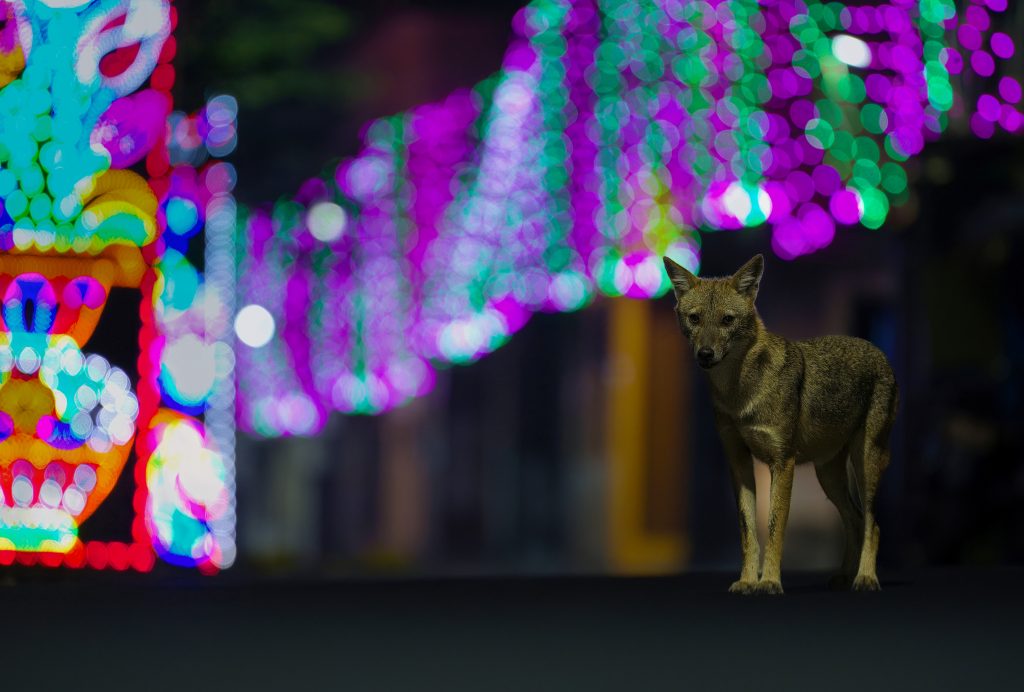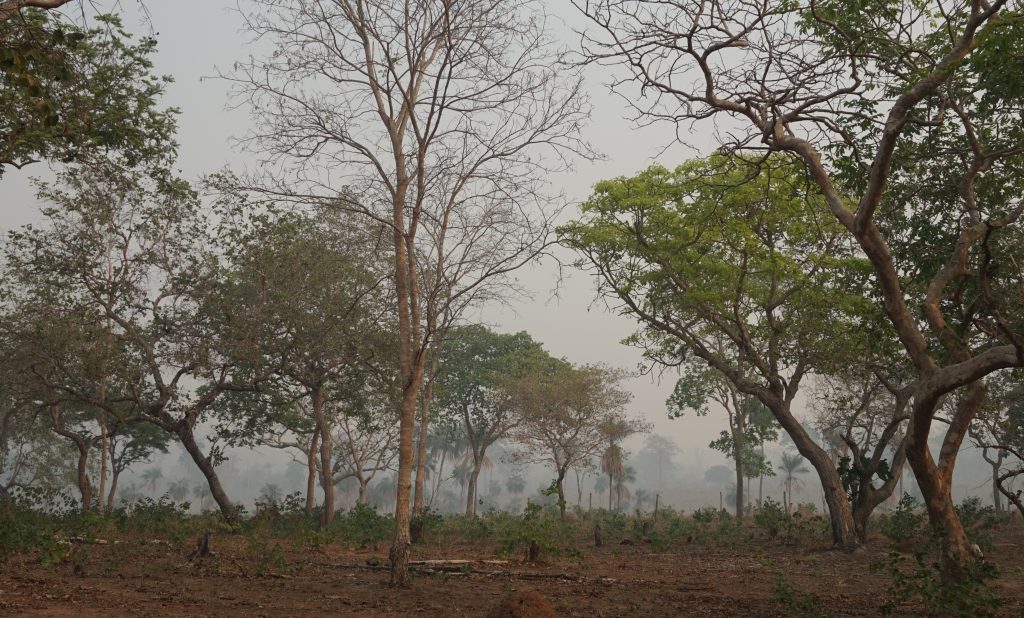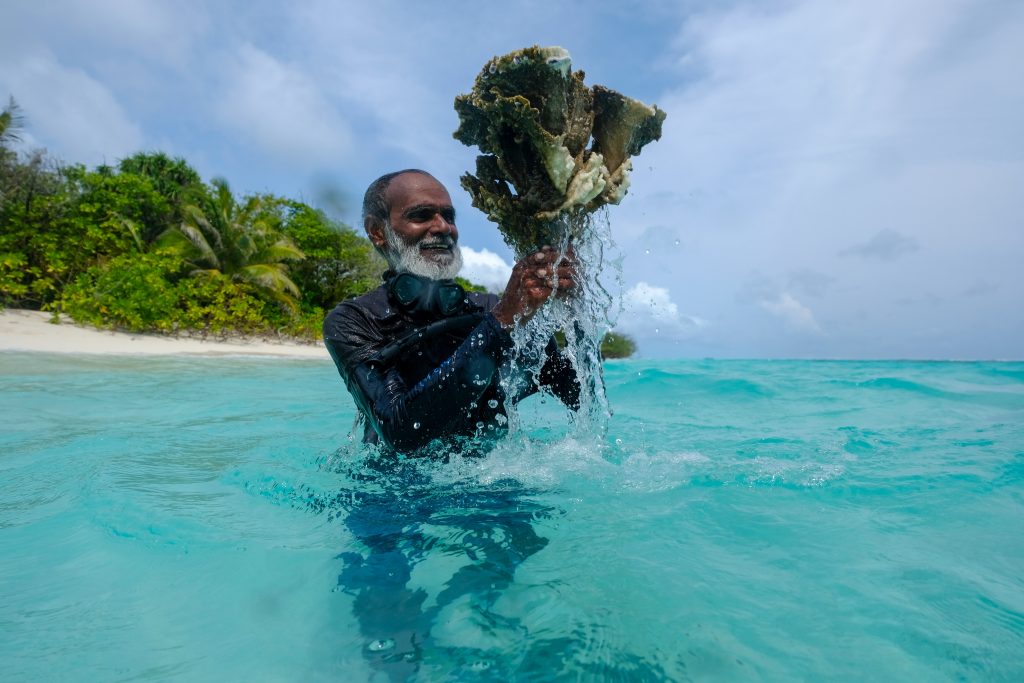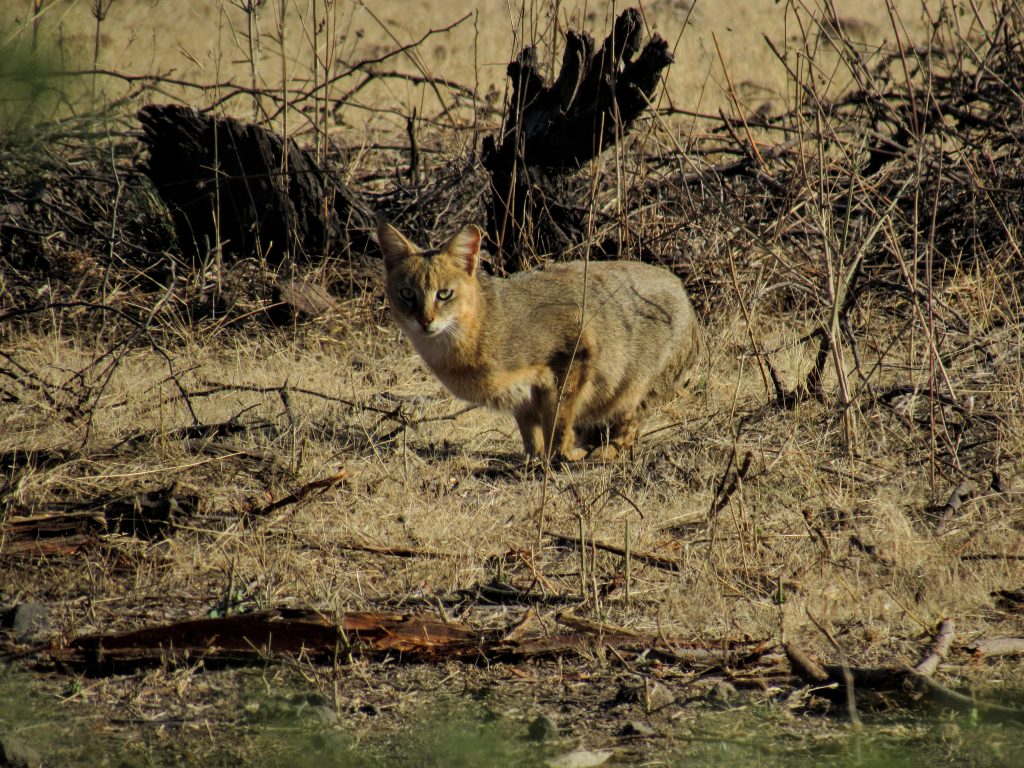
Hunting is a traditional way of life in many parts of Northeast India, and even law-makers exercise these customary rights. This photofeature provides a glimpse into these practices and asks if change is possible, or justified?
The tall rainforests of the Western Ghats are small but rich with wildlife. While in the Northeast, one can hike through the extensive forests and see very little. The reason: hunting.
Although wildlife protection came into force in the late 1970s, hunting for subsistence dropped in mainland India only when farmed meat became easily available. Cultural disdain for hunting may have also played a role. In the Northeast, however, it continues to be a way of life.
Hunting provides their main source of meat, recreation, medicine, and ornaments. Even if farmed meat became available, most hunters say they love the spirit of the chase and the gamey flavour of wild meat to give up hunting. When it is so ingrained in their culture, it is a challenge to convince them of the need to desist from taking wildlife.
Home-reared poultry, pigs and mithun are insufficient and expensive as a regular source of meat and are reserved for festive occasions and sale. So the tribes of the Northeast hunt wild ungulates and primates. Despite hunting being a widespread and intense activity, the local diet is largely rice and boiled leaves with spicy chutney. They eat animal protein less frequently than do mainland Indians. When the human population was low, weapons were traditional and the main use of wild meat was sustenance, hunting was sustainable. But that’s not the case anymore. In the Northeast, the Forest Department controls a fraction of the forests. The rest is owned by communities. Besides farming and small-scale entrepreneurship, there is no other opportunity for employment in large parts of the region. Modern weapons are now easily available to the growing human population. Hunting has become a pastime as well as a means of earning a living. Animals such as tigers, elephants, musk deer, bears, and otters fetch high prices on the black market. For predators such as tigers, hunting delivers a double-blow: not only are they targeted for their highly-priced body-parts, their prey is also being wiped out. In 1984, Jared Diamond, the author of Collapse, listed over-hunting as one of the “evil quartet”, or “four horsemen of the ecological apocalypse”. Indeed, in many parts of the region, forests look pristine but are empty of large mammals. Although the forests of the Northeast and Southeast Asia are similar, fewer numbers of large animals are found here.

Paradoxically, new species of birds and mammals are still being discovered such as the Arunachal macaque, a leaf deer, and a black barking deer. The very remoteness of the place that preserved the forests is only now revealing its secrets to science. Even as scientists discover these animals, they are in danger of being hunted to extinction.

The primary challenge is to enable the tribes to realize that wild fauna are of greater value alive than dead. For example, following the discovery of Bugun Liocichla, a new species of babbler, by a community-based eco-tourism project based at Eaglenest Wildlife Sanctuary, there was widespread international attention and appreciation. Such affirmative action enables local tribesmen who have grown up seeing anything that flies or walks as food, to appreciate their natural beauty and ecological value.

In Chizami, Nagaland, the North East Network, a NGO previously engaged with public health, women’s rights and promoting traditional methods of farming, is now working to reduce the impact of hunting. Two years ago, teachers from seven districts were trained using specifically tailored education programs to inculcate a love and appreciation of nature and wildlife in school kids. This was followed by the establishment of a nature club whose twenty members, aged 10 to 14, have sworn not to hunt or eat wild meat. At an exhibition of their wildlife and nature photographs, the children spontaneously requested their parents to pledge never to hunt, kill or eat wild animals.
However, Chizami is close to the state capital, Kohima, and is well connected to hospitals, schools, and employment opportunities. Since hunting was merely a pastime during the fallow agricultural season, it may have been easier to make people understand.
In Arunachal, where basic facilities are lacking in most parts of the state, at least hunting for recreation and economic opportunity can be reduced by providing employment opportunities, and increased policing of the international trade in animal parts. But this is easier said than done. Some of the extensive forest cover would necessarily have to be traded for setting up industries. Infrastructure projects such as dams are seen by many as a source of revenue. The total forest cover of the country is 19%, of which Arunachal contributes 2%. With forests said to soak up the carbon fumes of our consumptive lifestyles, is this a trade-off worth making? Is the cure worse than the disease?
There’s unlikely to be one solution for the entire region. Getting communities to eschew hunting may need to work program by program, location by location. But for many forests, time may be running out. Yet, there is no option but to negotiate and work with tribal communities, as more than half the forest land is owned by them. Instead of being modern-day missionaries, conservationists can at best be the facilitators, providing advice, expertise and new imaginative ideas while inspiring communities to make a commitment to protect their biodiversity.




